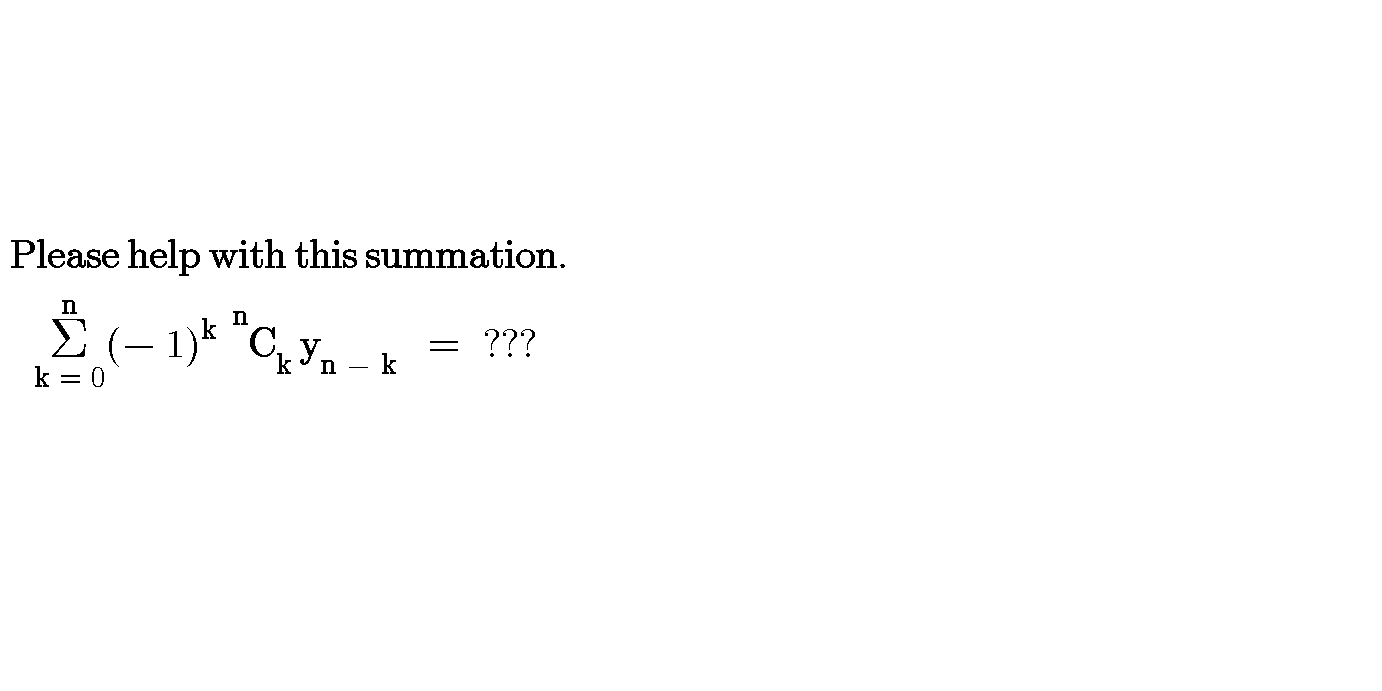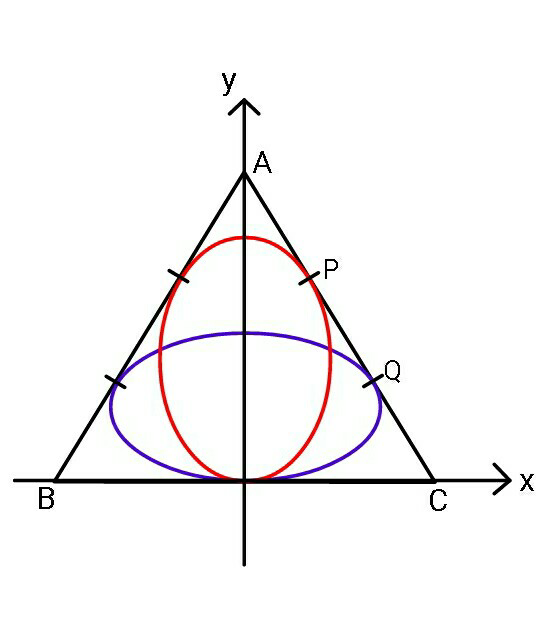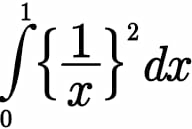
AllQuestion and Answers: Page 1259
Question Number 89281 Answers: 1 Comments: 2

Question Number 89280 Answers: 0 Comments: 0

Question Number 89270 Answers: 0 Comments: 0
Question Number 89268 Answers: 0 Comments: 0
Question Number 89275 Answers: 1 Comments: 1

Question Number 89273 Answers: 1 Comments: 0
Question Number 89271 Answers: 0 Comments: 1
Question Number 89311 Answers: 0 Comments: 0
Question Number 89259 Answers: 0 Comments: 2
$${hello}\: \\ $$$${any}\:{good}\:{books}\:{to}\:{learn}\:{calculas}\:{and} \\ $$$${series}? \\ $$
Question Number 89255 Answers: 0 Comments: 3
Question Number 89244 Answers: 0 Comments: 1

Question Number 89243 Answers: 3 Comments: 0
Question Number 89237 Answers: 0 Comments: 1
Question Number 89236 Answers: 1 Comments: 0
Question Number 89240 Answers: 0 Comments: 0
Question Number 89238 Answers: 1 Comments: 1
$$\int_{\mathrm{7}} ^{\mathrm{12}} \mathrm{x}^{\mathrm{2}} \sqrt{\mathrm{x}−\mathrm{3}} \\ $$
Question Number 89226 Answers: 0 Comments: 1
Question Number 89239 Answers: 0 Comments: 5
Question Number 89213 Answers: 1 Comments: 0
Question Number 89228 Answers: 0 Comments: 1
Question Number 89205 Answers: 1 Comments: 1
Question Number 89202 Answers: 0 Comments: 4
Question Number 89200 Answers: 0 Comments: 0

Question Number 89194 Answers: 1 Comments: 2

Question Number 89193 Answers: 0 Comments: 3
Question Number 89192 Answers: 2 Comments: 2

Pg 1254 Pg 1255 Pg 1256 Pg 1257 Pg 1258 Pg 1259 Pg 1260 Pg 1261 Pg 1262 Pg 1263
